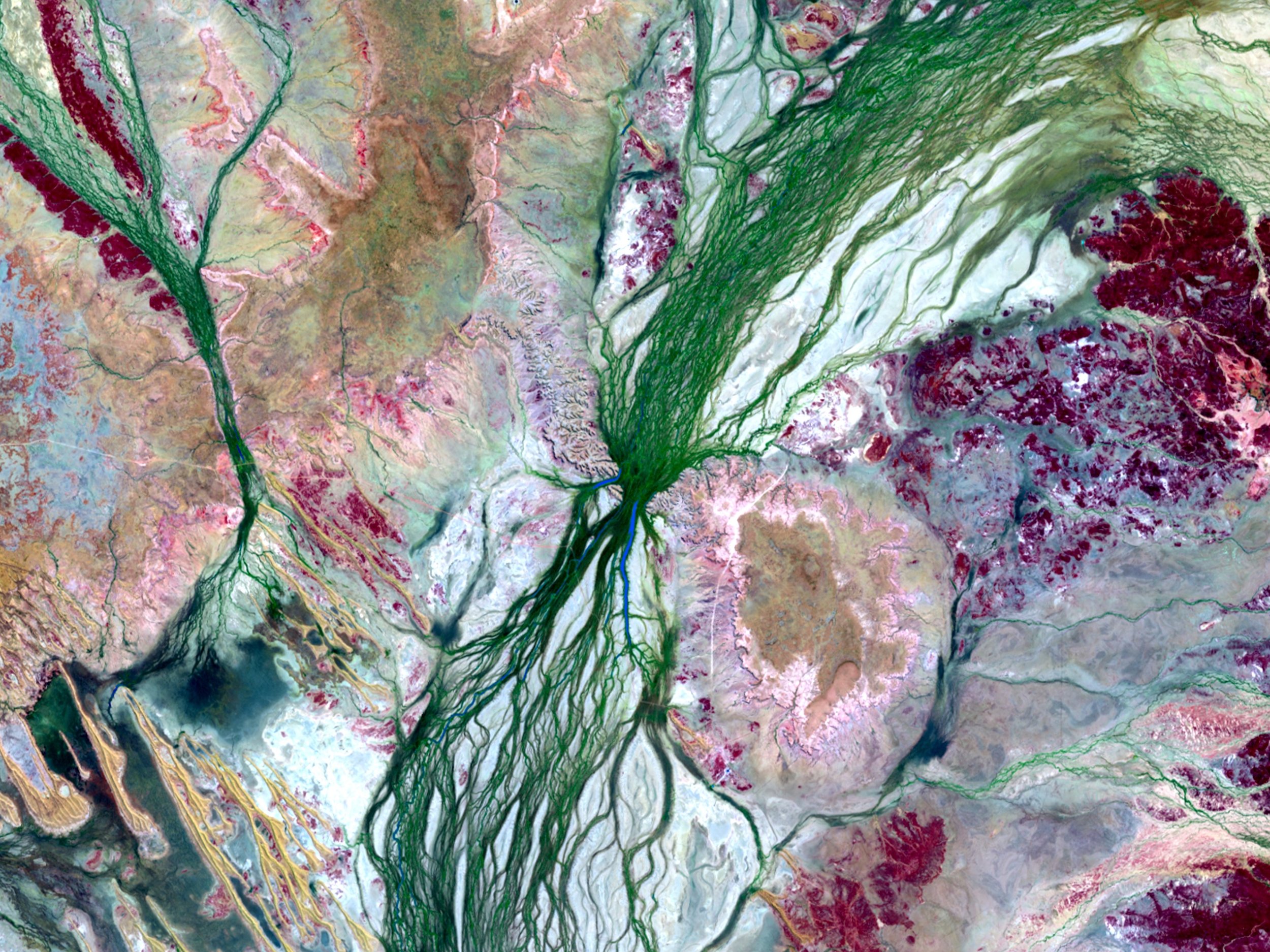
Climate, from space to action: Accurate eyes on Earth’s Energy Balance
Wed 3 Dec 2025, 6pm - 7pm AEDT
Earth Observation Australia welcomes you to join us for an evening talk focussed on space-based observations that are crucial to climate models and providing timely feedback on the effectiveness of climate policies.
Abstract
Our climate is changing. This is now beyond doubt, as evidenced by decades of direct in situ measurements, surface and satellite observations. At the root of this change lies a delicate balance between the incoming solar energy that powers the Earth system and the energy our planet reflects and emits back to space. Since the Industrial Revolution, human activity has upset this balance, primarily by burning fossil fuels. Anthropogenic greenhouse gas emissions continue to trap energy, causing Earth Energy Imbalance (EEI) and increasing ocean and surface temperatures at an unprecedented pace. This, in turn, impacts our climate, upsets the water cycle, and threatens ecosystems.
Scientists model our Earth system and project different climate trajectories, depending on how humanity manages fossil fuel use. To meet the Paris Agreement target of limiting warming to 1.5 °C above pre-industrial levels, global carbon emissions must peak by 2025, fall by 43% by 2030, and reach net-zero by 2050. While the climate direction is clear, uncertainties remain in the magnitude of the changes ahead of us. These uncertainties stem from the complexity of physical processes, the limits of our knowledge and computational tools, and from the limitations of the observations used to inform models.
Space-based observations are crucial to climate models, providing global and process-dedicated measurements to better understand and predict the Earth system. With the current knowledge and observing systems, the effect of today’s climate measures can, however, only be verified in a couple of decades from now. In this seminar, we will introduce a mission candidate to ESA Earth Explorer 12. ECO, the Earth Climate Observatory, would for the first time directly measure the Earth’s Energy Imbalance on annual basis at the required accuracy. It would also deliver high-resolution maps of reflected solar radiation (RSR) and outgoing longwave radiation (OLR), to benchmark the future generation of climate models and enable Earth’s Radiation Budget closure studies. We will also introduce the objectives pursued and the results with the mission TRUTHS (Traceable Radiometry Underpinning Terrestrial- and Helio-Studies), whose development was discontinued, and its legacy for the in-orbit calibration mission required to establish a radiometric reference in space and ensure interoperability and quality assurance of Earth observation systems.
Such missions would provide timely feedback on the effectiveness of climate policies and help societies and decision-makers to adjust our course of actions in the climate emergency.
More information:
https://esamultimedia.esa.int/docs/EarthObservation/EO4policies_brochure_250922.pdf
Presented by Thomas August
Thomas August holds a PhD in Astrophysics and Planetology, obtained in 2002 on Synthetic Aperture Radar and sub-surface exploration, from CNES and University of Bordeaux. He then worked 20 years at EUMETSAT, taking mission science responsibilities for the European hyperspectral infrared sounders IASI, IASI-NG and MTG-IRS. This involved various application fields including NWP, nowcasting, climate, air quality, atmospheric composition, marine and continental surfaces.
He joined the European Space Agency (ESA) in 2023, where he is mission scientist for the Earth Explorer 12 candidate mission ECO and for TRUTHS, as well as for the MetOp-SG MWI/ICI and radio-occultation missions.
Images:
European Space Agency
Photo of Thomas August by Richard Theemling


